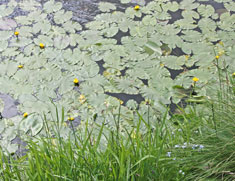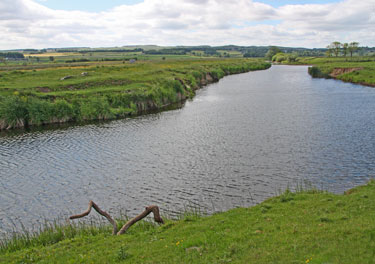


The walk was led by Edward Wilkinson on his land, which is bounded by Back Lane,
Long Preston Beck and the River Ribble.
Grosvenor Farm Walk
Saturday 19th June 2010
We began the walk at Back Lane at the field known as Cow Pasture; this is the better quality land with good grass in summer, producing a higher yield and therefore more milk per cow. The quality of the cow pasture gives a good indication of the quality of the farm land. It is also used for the steers as they are more fussy than the heifers who usually have to make do with the poorer quality land known as the Whey Ings. Edward also explained the significance of the name Sourdale Lane, which runs through the middle of his land; it is the divide between the lime-
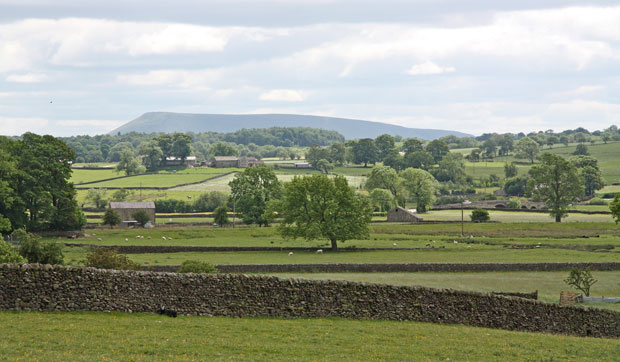
We learned about the natural ways of fertilising the land when we reached a field barn at the end of Sourdale Lane. Originally this would have been used in conjunction with the adjacent meadow. The hay grown (usually the land would produce 1.5 tons of hay per acre) would be cut and stored in the barn to provide food for 6 cattle over winter. The manure from the cows was stored in the midden. This was cleared out only twice a year to be spread on the fields. During its storage in the midden it would be diluted by rain and would therefore be less rich, which means less grass and more flowers.
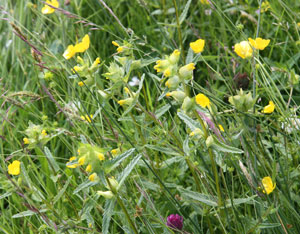
In addition to the flowers and plants illustrated by Jackie Hunt, we also saw hogweed, meadow foxdale, cow parsley, rye grass (originally from Central Europe), meadow vetch and water lilies on the river. We saw thistles which can become a nuisance and a contractor is brought in every 4/5 years to spray them. There is a more selective way of treating them but this does not seem to be used much by contractors.
More recent changes have seen the grass converted into silage rather than hay. The grass is preserved in natural acid, created by the sugar in the grass that works on the bacteria. The fermentation process is important. Methods of fertilisation have also changed; the land gets limed once every 8 years.
There are 60 cattle on the farm (including 22 breeding cows). We saw 2 Simentals (Swiss), Blonde Aquitaines, Fresians and Herefords.
The Backcut culvert drain crosses Edward’s land parallel to the Ribble.
It was built c1815, is stone lined and runs for about 2 miles draining the eastern flood plane into Long Preston Beck and thence into the Ribble.
This is one of several inspection chambers.
Periwinkles
Vetch
Buttercups & Yellow Rattle
Yellow Rattle
Red & White Clover and Buttercups
Edward also told us about the High Level Stewardship Scheme which is often on poorer quality land where no lime is used. The aim of the SSSI (which is mainly on the other side of the river) is to attract waders; curlew, lapwing, snipe and oyster catchers. Each bird needs a different structure of grasses. The main reason for the SSSI designation is the northern spikerush.

Water Lilies in a bend of the Ribble
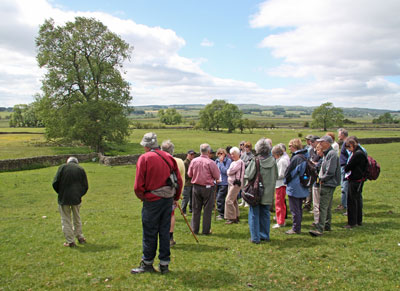

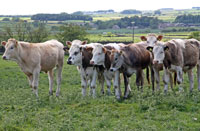
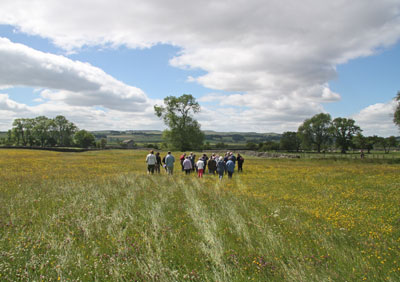
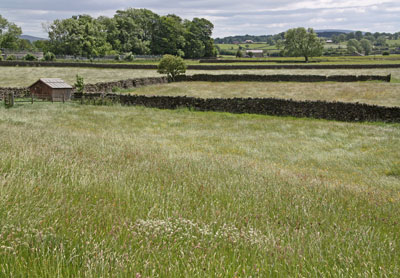
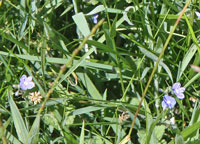
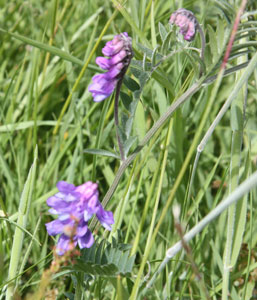
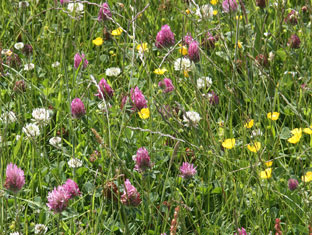
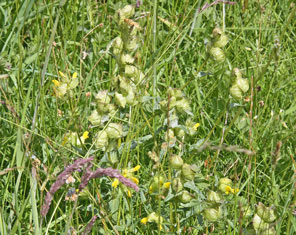
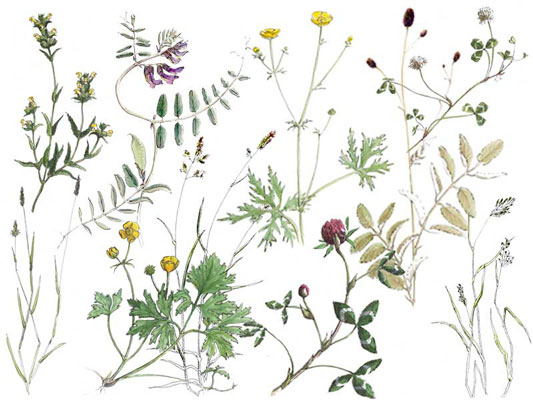

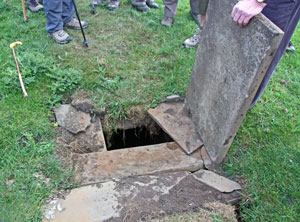

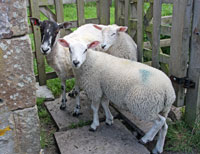
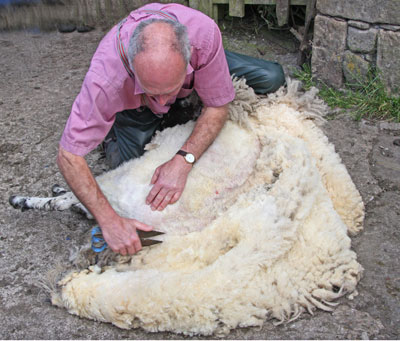
We saw 1 mule sheep that had escaped the shearing the previous week; Edward sheared her by hand using bagging shears and explained that it was necessary for the sheep to have new wool close to the skin before it can be shorn. On this farm the sheep are lambed outside in naturally sheltered areas. It is easier to handle them outside rather than in a lambing shed.
